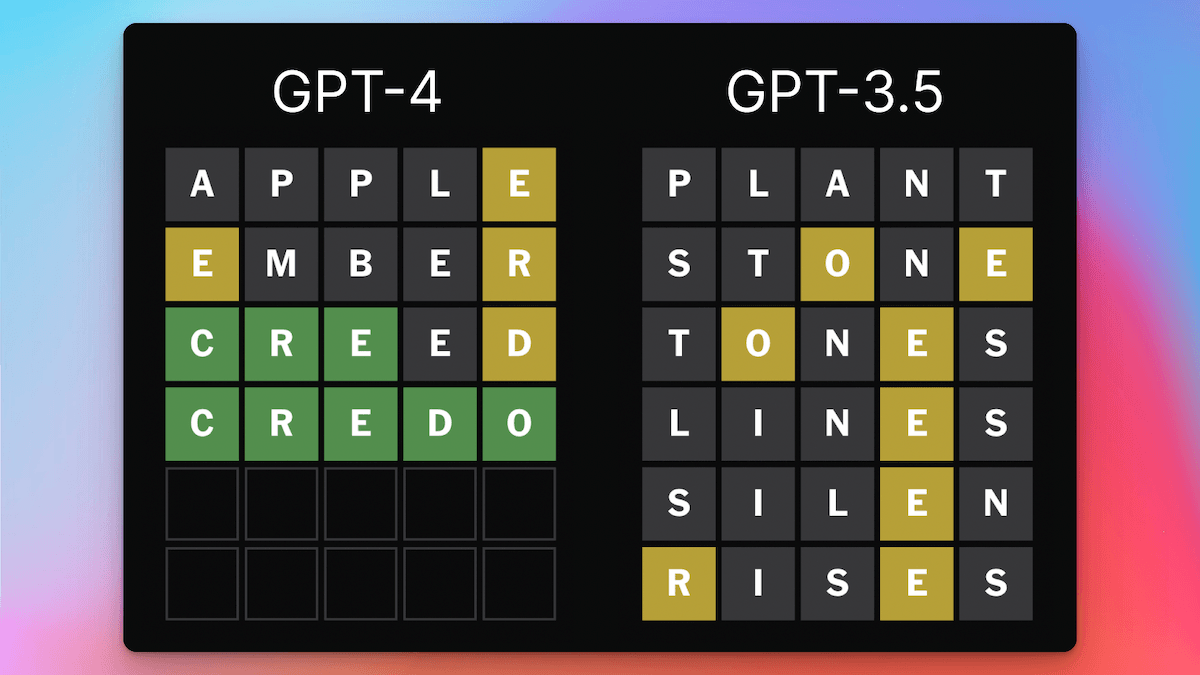WidgetsBindingObserver is very handy for listening to changes to:
- routing events
- device orientation
- platform settings (text scale factor, brightness, locale, etc.)
- app lifecycle events
Here's how to use it to hide sensitive info when the app goes to the background. 🧵
- routing events
- device orientation
- platform settings (text scale factor, brightness, locale, etc.)
- app lifecycle events
Here's how to use it to hide sensitive info when the app goes to the background. 🧵

How to set it up?
- add the WidgetsBindingObserver *mixin* to one of your classes (generally a State subclass)
- register the observer inside initState (and dispose it when done)
- add the WidgetsBindingObserver *mixin* to one of your classes (generally a State subclass)
- register the observer inside initState (and dispose it when done)

Then, just override the methods for the changes you want to keep track of.
In this case, we listen to app lifecycle changes and update a "foreground" flag via setState().
In this case, we listen to app lifecycle changes and update a "foreground" flag via setState().

One useful application of this is to build a custom widget that hides sensitive user data any time the app is backgrounded.
This can be hooked up to the "builder" argument of MaterialApp.
This can be hooked up to the "builder" argument of MaterialApp.

If you wanna learn more about WidgetsBindingObserver, the official documentation is your best friend:
api.flutter.dev/flutter/widget…
And for more Flutter tips, just follow me: @biz84
Happy coding!
api.flutter.dev/flutter/widget…
And for more Flutter tips, just follow me: @biz84
Happy coding!
• • •
Missing some Tweet in this thread? You can try to
force a refresh
















